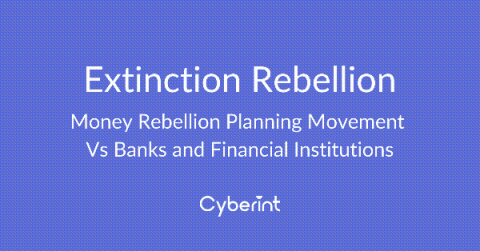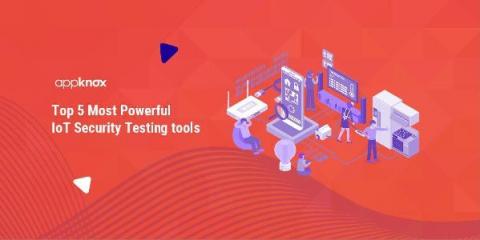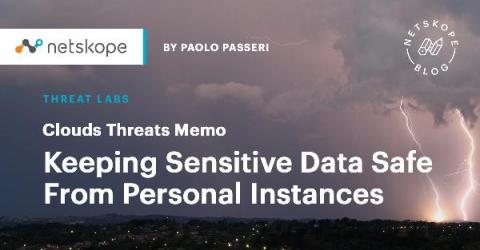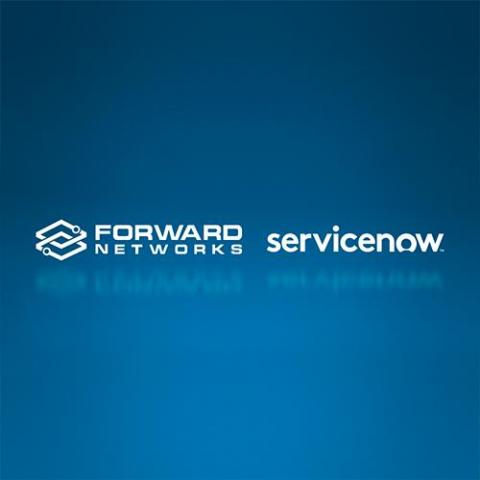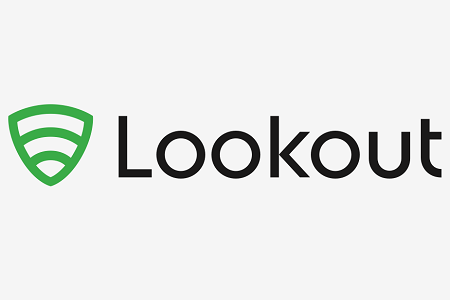Stories from the SOC - Propagating malware
While freeware does not have monetary cost, it may come at a price. There may be limitations to freeware such as infrequent updates, limited support and hidden malicious software. Some freeware programs may have added software packages that can include malicious software such as trojans, spyware, or adware. It’s important to have additional layers of defense to provide that your environment is protected.



